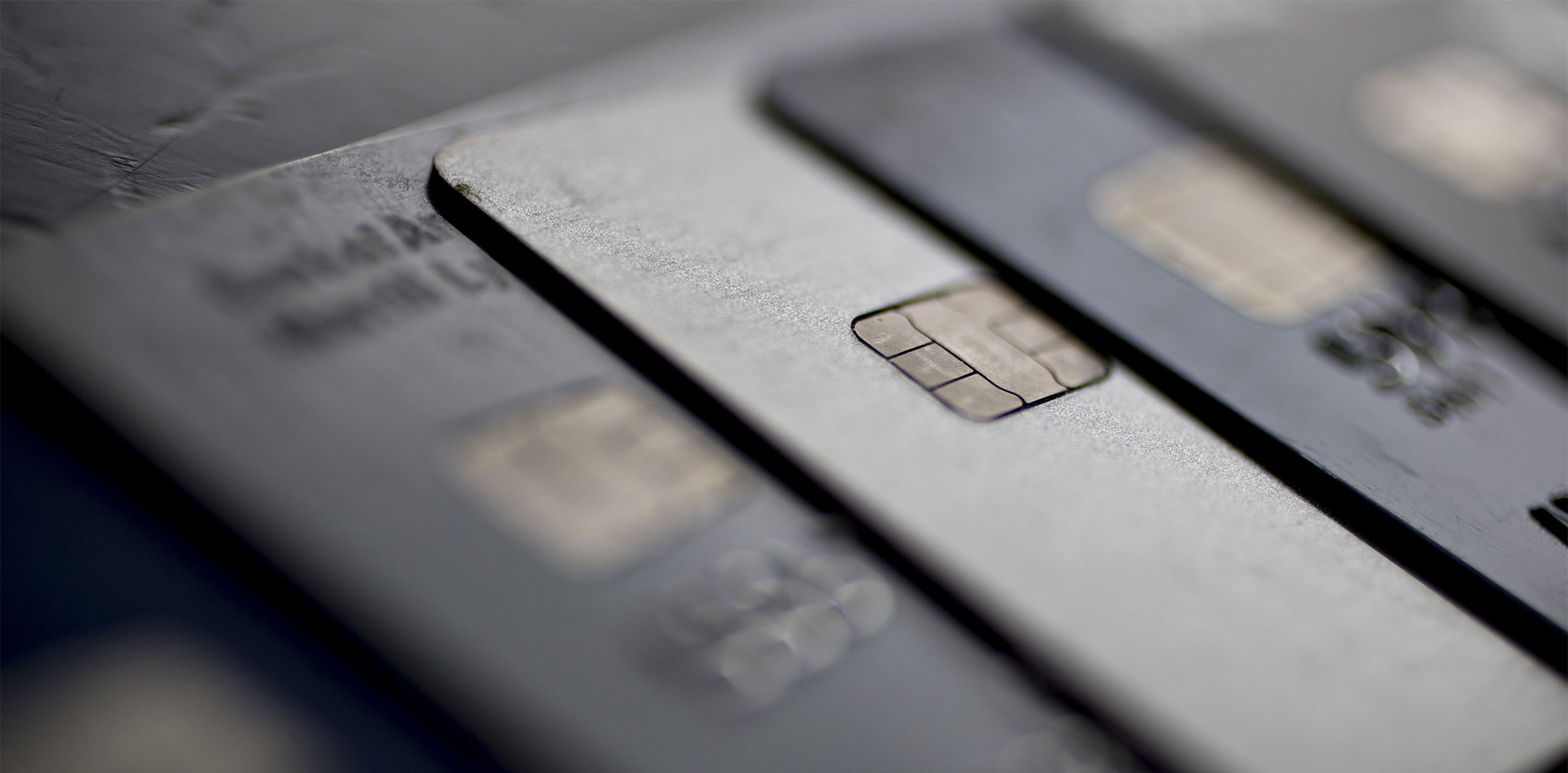Federal Reserve figures released on Friday indicated a $10.4 billion increase in total credit. The gain, which is not inflation-adjusted, was less than the $16 billion median projection made by economists in a Bloomberg survey.
After falling the previous month, the amount of revolving credit outstanding, which includes credit cards, increased by $9.6 billion. Loans for tuition and vehicle purchases, which are non-revolving credit, increased by $773 million.
Consumer spending has held up well and supported the economy despite ongoing inflation and high interest rates. Some have used credit cards and savings to do this, but some economists question if the current spending momentum is sustainable given that savings are dwindling and delinquencies are increasing.
Prices are still high, and the upcoming start of student loan installments is anticipated to severely burden household finances in the future.
Household net worth reached a record in the second quarter, according to a data released earlier on Friday.

